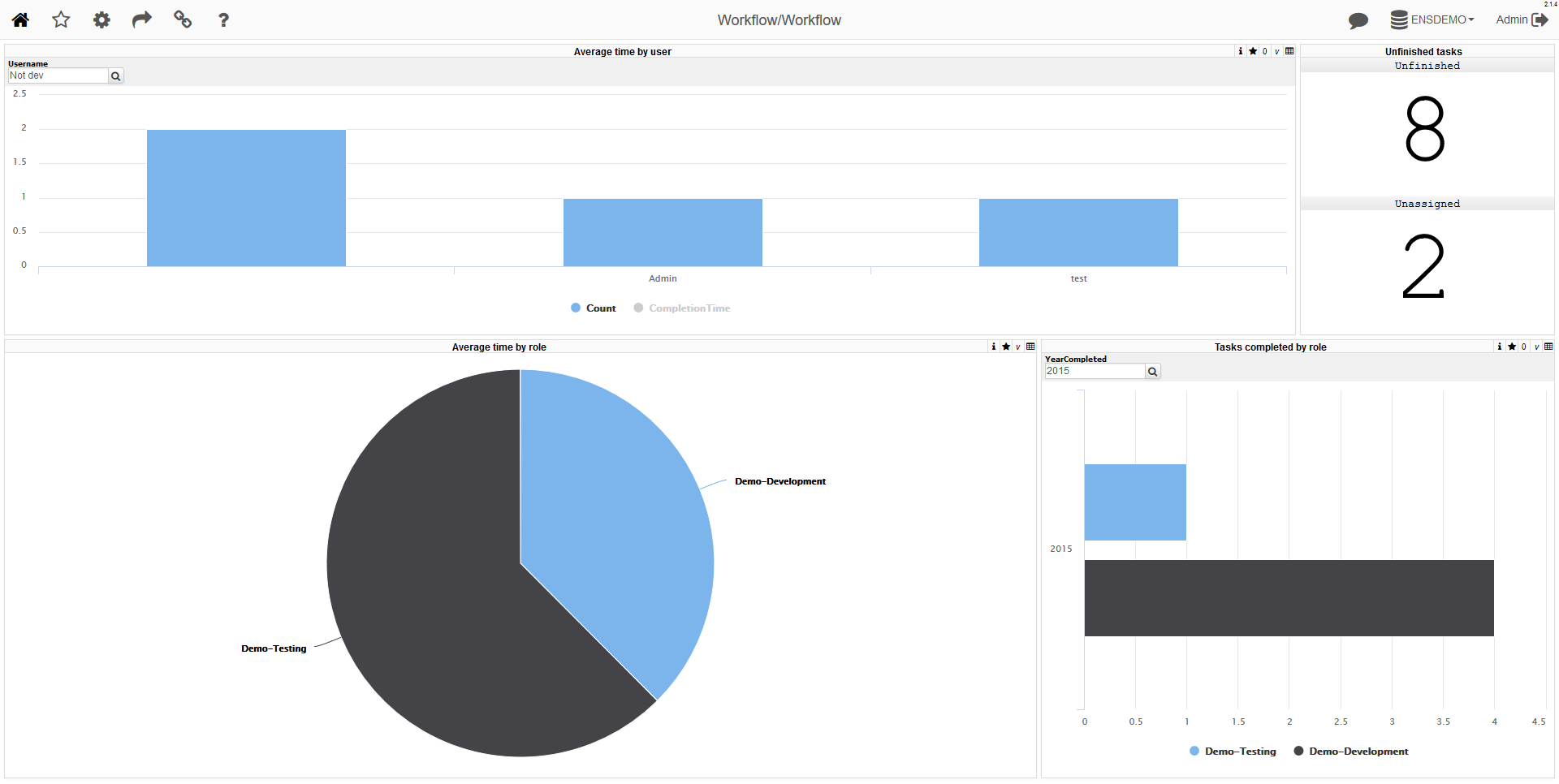We just faced an issue of the Atelier main menubar being disabled (greyed out) after upgrading the macOS development machine to High Sierra. I would like to share my findings about the issue and how to fix it.
This seems to be a known problem affecting several Java applications including Eclipse if the macOS user's primary language is not English: https://www.eclipse.org/org/press-release/20170925criticalbug.php




